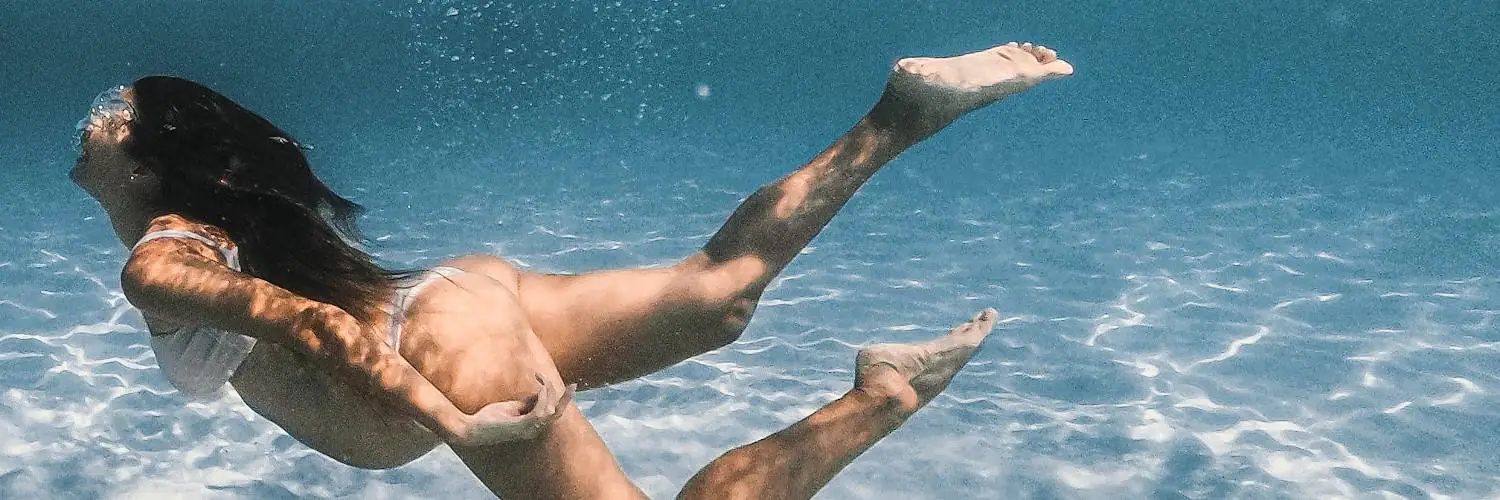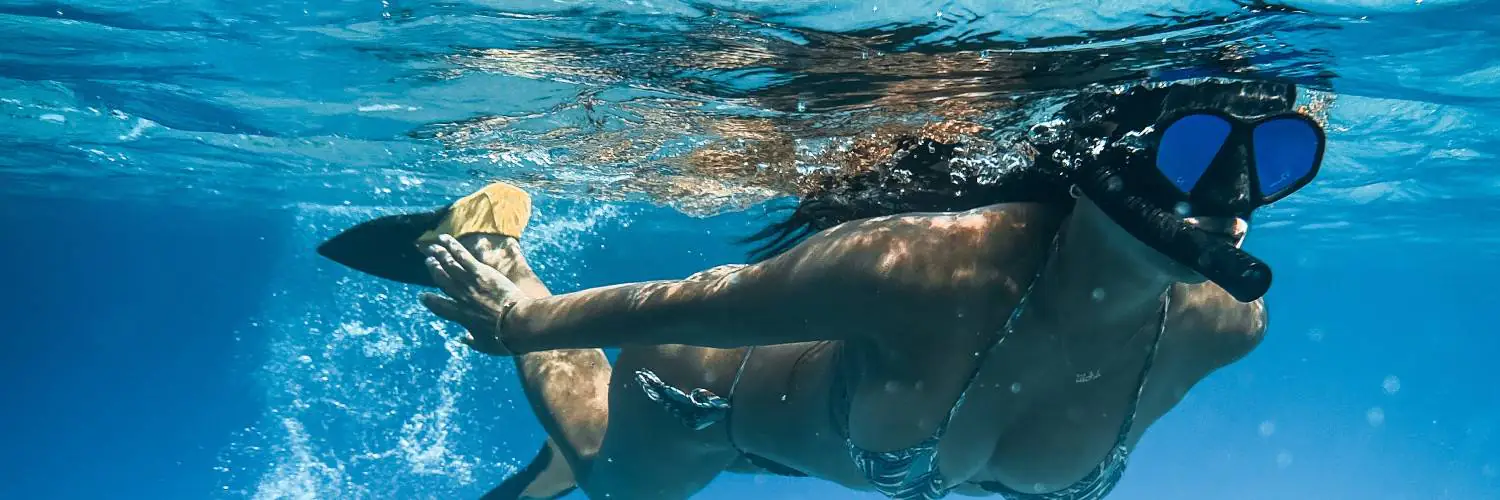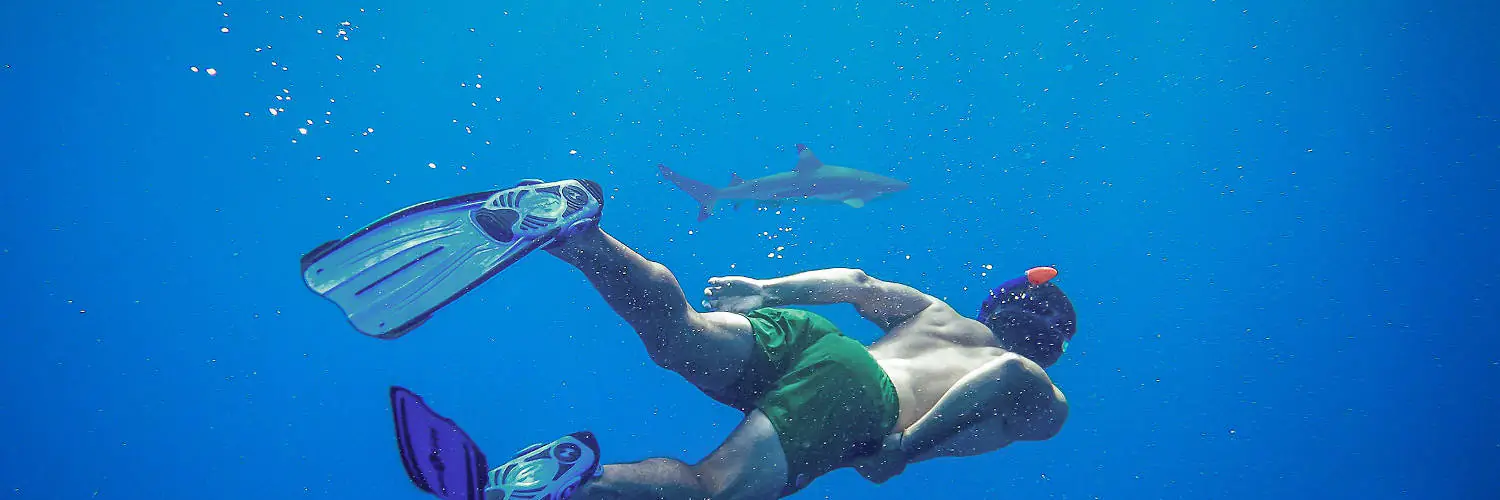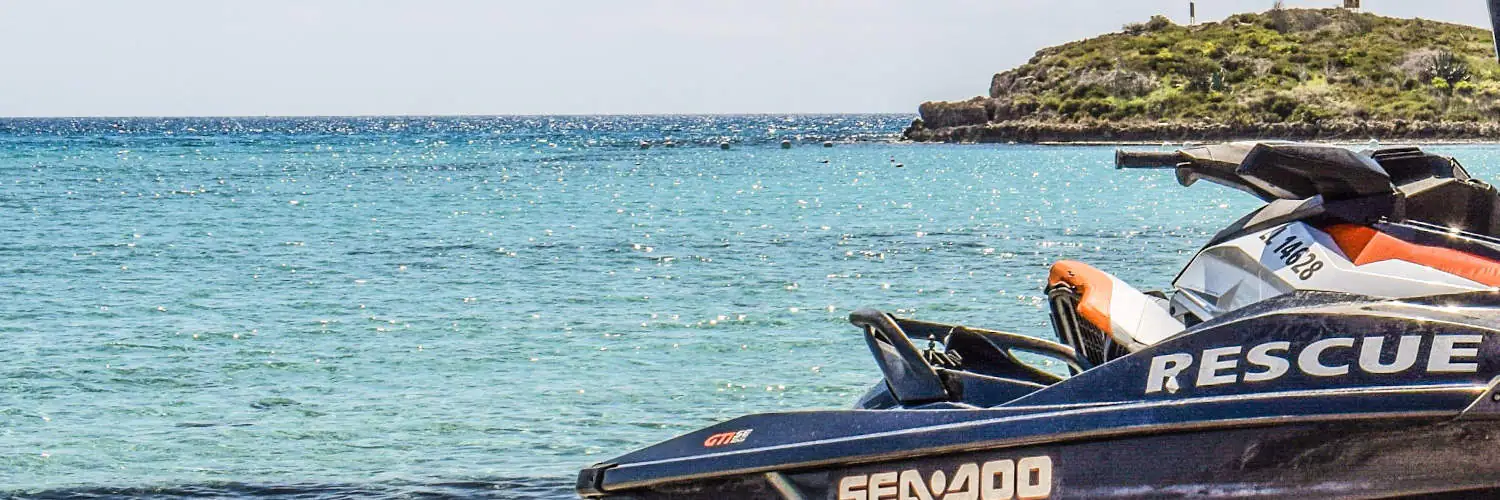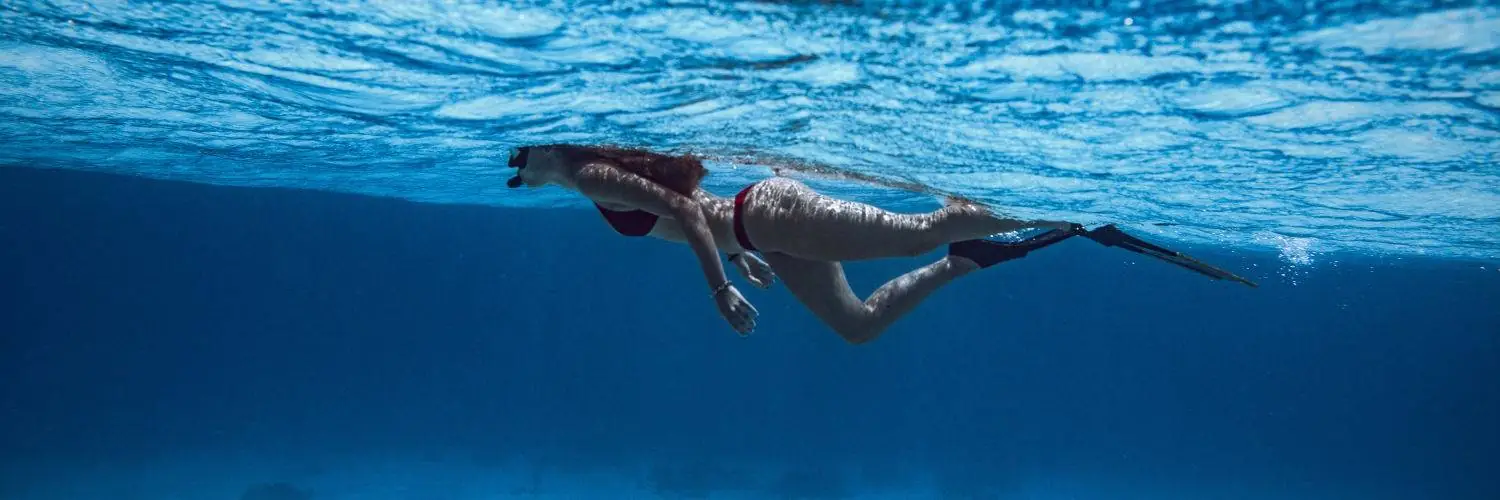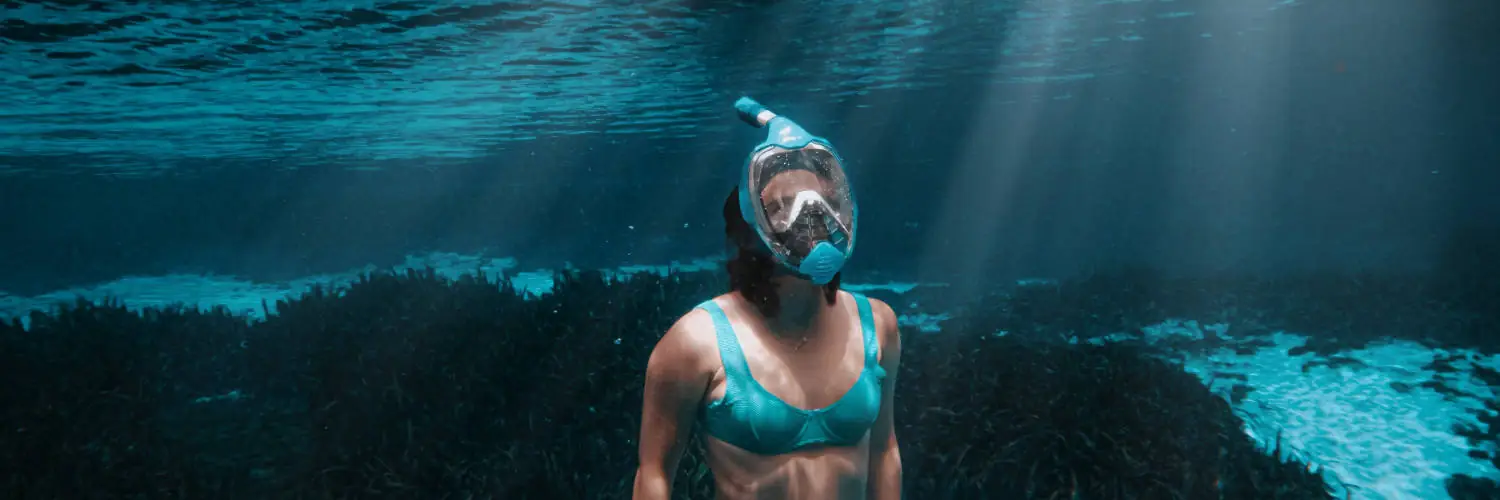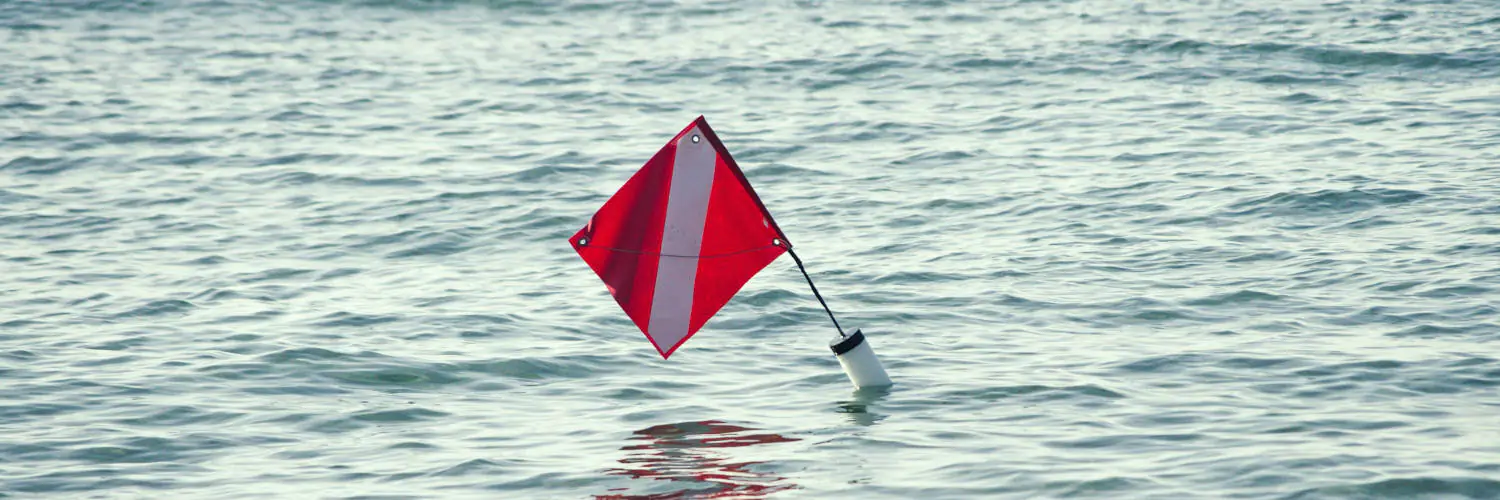Many people like to snorkel when they explore the sea. Some people worry if it’s safe to snorkel after flying. Good news! Snorkeling doesn’t have big risks after a flight.
Unlike scuba diving, snorkeling does not involve the use of compressed air, eliminating the risk of decompression sickness. This makes it safe to snorkel before or after a flight without any specific waiting time. As simple as swimming, snorkeling allows for a seamless transition between air travel and underwater exploration.
Table of Contents
Understanding the Basics of Snorkeling and Flying
Snorkeling involves using a snorkel mask, snorkel, and sometimes a flotation device to explore shallow water without the need for compressed air equipment. Flying, on the other hand, entails traveling by air in a pressurized environment. Combining the activities raises safety concerns for some people, who wonder if it is safe to snorkel after a flight.
After flying, you can safely go snorkeling without any risk of decompression sickness, as snorkelers breathe non-pressurized air. Unlike scuba diving, snorkeling does not involve significant pressure changes, and it is generally safe to snorkel before or after flying. Just ensure that your gear is in good working order and you are well-rested and hydrated for the best experience.
Decompression Sickness: What to Know
Decompression sickness (DCS) is a condition that occurs when a rapid decrease in pressure surrounding the body takes place, typically affecting scuba divers who ascend too quickly. Symptoms can include nausea and paralysis. Snorkeling is different from scuba and freediving. Snorkeling doesn’t use compressed air, so it’s safer for your body.
Preventing Decompression Sickness
To further minimize the risk of DCS after a flight, snorkelers can follow the Divers Alert Network (DAN) guidelines. Key practices include staying hydrated, snorkeling in calm waters, and ensuring overall good health before participating in the activity.
The Role of Nitrogen in Diving
Nitrogen is an inert gas, comprising 78.09% of air volume. When diving, the body absorbs nitrogen from the compressed air breathed underwater. As a diver descends, increased pressure causes nitrogen to dissolve into their blood and tissues.
If pressure changes quickly, like when going up fast, tiny bubbles can form in your blood and body parts if the force pushing on you gets smaller. This can cause a sickness called decompression sickness. However, snorkeling typically poses a lower risk, as lesser nitrogen is absorbed compared to scuba diving. Thus, snorkeling after flying is generally considered safe as long as a reasonable time has elapsed after the flight to regain normal body equilibrium.
Understanding Surface Intervals
Surface intervals refer to the time spent on the surface between snorkeling or scuba diving sessions. Snorkeling breaks are fine as no compressed air is breathed in. It is safe to go snorkeling after a flight as there is no risk of decompression sickness.
For scuba diving, adhering to surface intervals and understanding no-decompression limits become crucial. Divers need to follow rules to prevent illness from coming up when coming back up to the surface. Keep to the rules to stop getting sick when going back up to the surface. In contrast, snorkeling doesn’t require such strict measures and allows individuals to enjoy the activity right after a flight.
Importance of Hydration in Diving
Hydration plays a crucial role in ensuring a safe snorkeling experience after flying. Drinking enough water is good for the body. It keeps things working right and stops dehydration problems.
It’s essential to drink sufficient water before and after snorkeling to replenish lost fluids. Not drinking enough water can make you feel bad and hurt your body, like when your muscles cramp or you feel very tired. This can make it hard for people who swim with a breathing tube to do well. Also, keeping your body full of water can stop tiny air bubbles from forming in your blood, and make it less likely for you to get very sick when you come up to the surface too fast.
Practical Tips for Snorkeling After Flying
Yes, it’s safe to snorkel after flying. Snorkeling doesn’t involve inhaling compressed air, so there’s no risk of decompression sickness like scuba diving. Here are a few practical tips for snorkeling after flying:
- Rest: Allow your body to recover from the flight and adjust to the new environment before engaging in any water activity.
- Hydrate: Drink plenty of water to stay hydrated before and during snorkeling sessions.
- Exercise caution: Avoid strenuous activities like intense swimming, duck diving, or free diving soon after a flight.
- Location: Choose calm and shallow water areas for snorkeling, preferably where you can touch the ocean bottom safely.
What about snorkeling after long flights?
It has been discovered that there is a risk of death in snorkeling after long flights, such as transpacific flights to Hawaii. It is advised to wait two to three days after extended air travel and to avoid snorkels with constricted airways. Deaths are related to low blood oxygen levels with lungs having a buildup of fluid (pulmonary edema). Those with heart problems have more of a risk.
Conclusion
Snorkeling after a flight is generally considered safe. Unlike scuba diving, snorkeling does not involve inhaling compressed air, so there is no risk of decompression sickness. To make the experience even safer, it’s advisable to snorkel in calm waters, ensure you are in good health, stay hydrated, and be cautious of sun exposure. In summary, snorkeling can be enjoyed without any significant waiting time after flying, as long as the necessary precautions are taken for a safe and enjoyable experience.


